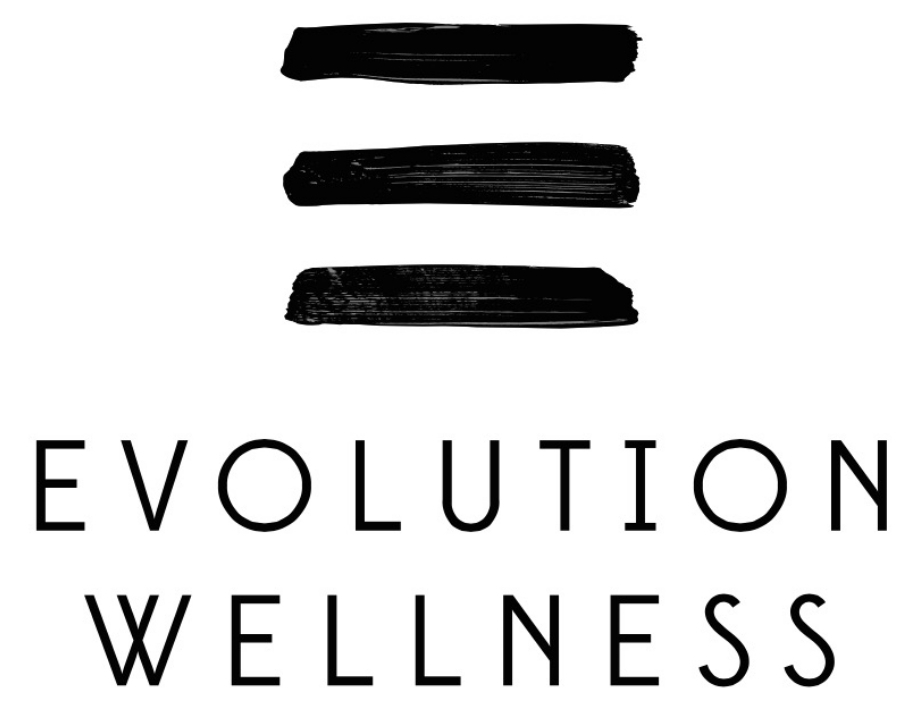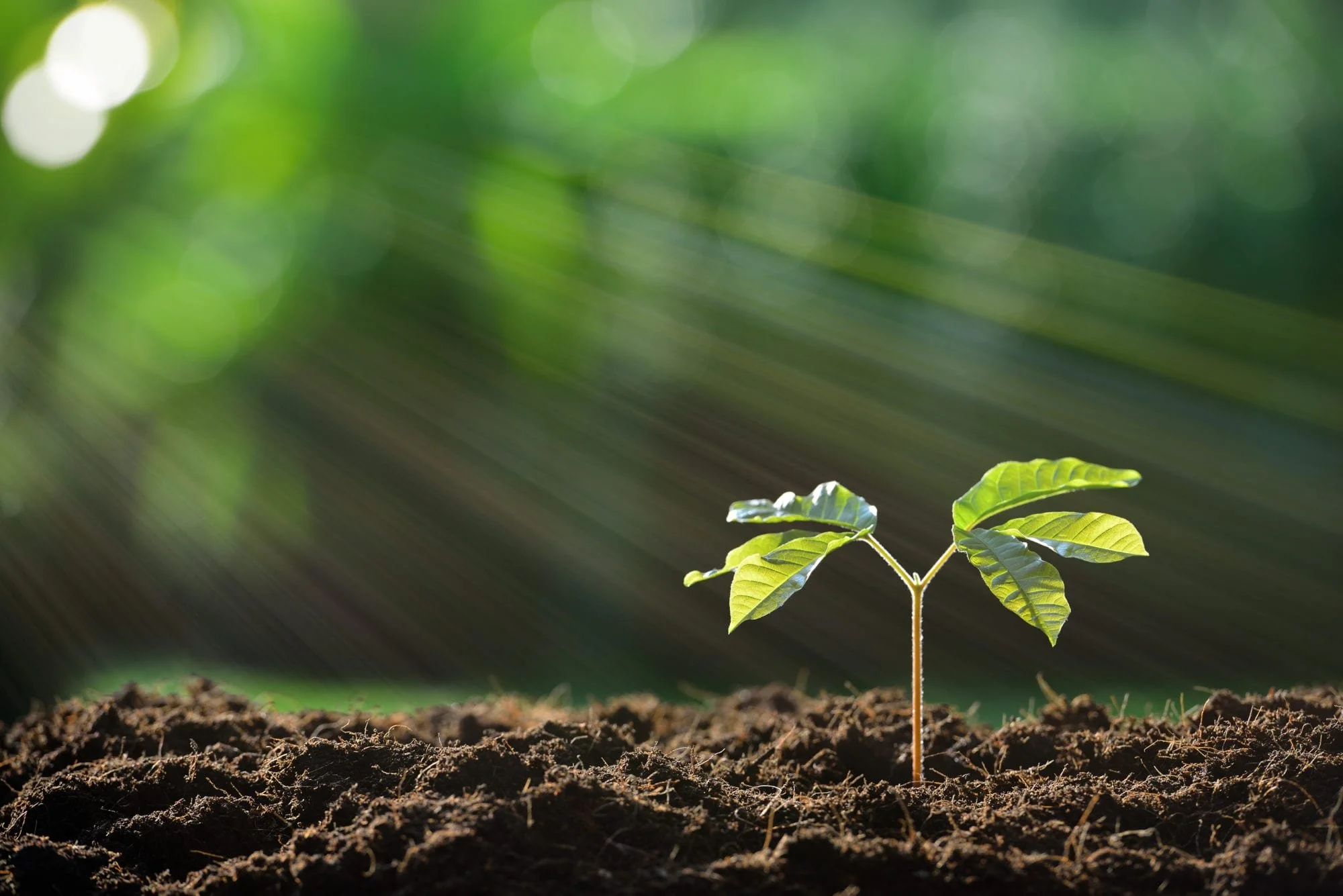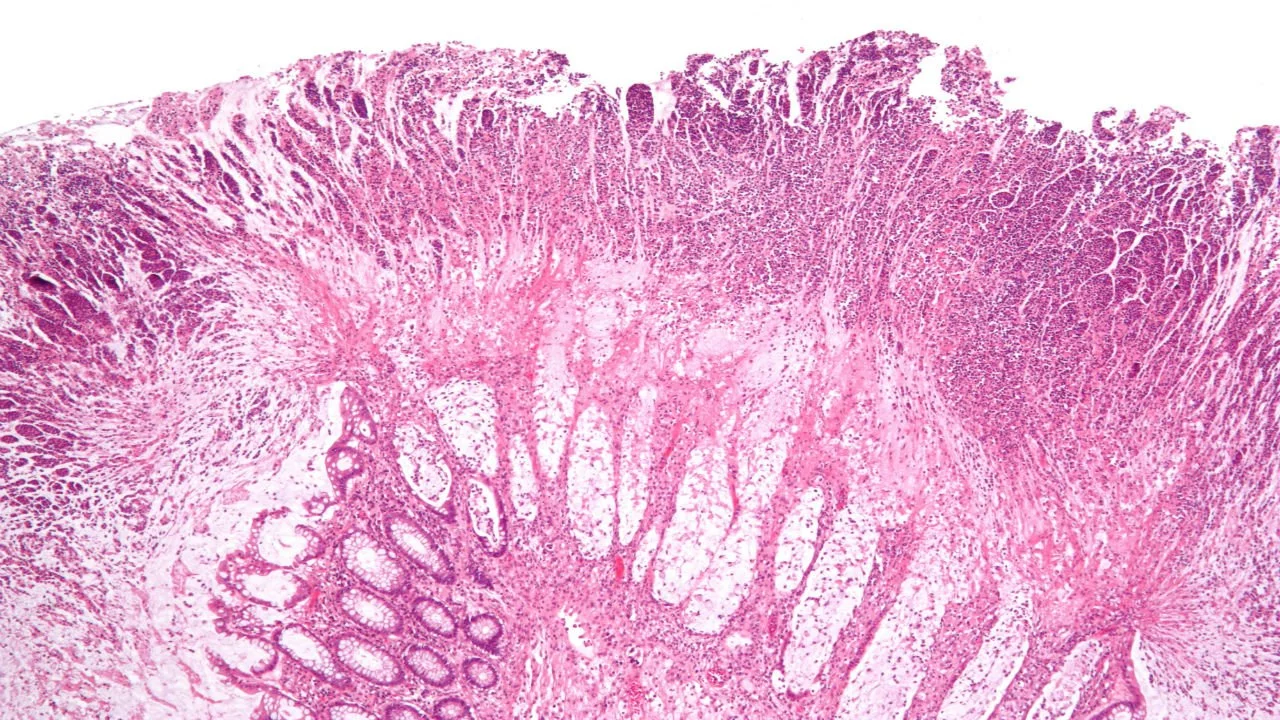The Interstitium: Illuminating Our Understanding of Acupuncture
/In recent years, western scientists have identified what some are calling a previously undiscovered organ in the human body — the interstitium. This “newfound” structure challenges traditional anatomical understanding and opens doors to novel perspectives on healthcare —and a greater understanding of how acupuncture may work.
The Interstitium: A Paradigm Shift
Traditionally, western anatomists have recognized organs as discrete structures with well-defined boundaries. However, a groundbreaking study published in Scientific Reports in 2018 by Neil D. Theise and his team shed light on a previously overlooked network of fluid-filled spaces within connective tissues – the interstitium.
Often described as a complex network of fluid-filled compartments, the interstitium exists throughout the body, including the skin, digestive tract, lungs, and other organs. This interconnected system serves as a conduit for lymphatic fluid, facilitating communication between tissues and organs. Theise's research suggests that the interstitium may play a crucial role in maintaining the structural integrity of tissues, and may have implications for various physiological and pathological processes.
The Interstitium-Acupuncture Connection
Recent research has proposed a fascinating link between the interstitium organ and acupuncture. A study published in the Journal of Acupuncture and Meridian Studies in 2019 explored the potential relationship between acupuncture points and the interstitium. The researchers suggest that acupuncture channels align closely with interstitial spaces, providing a possible anatomical basis for the therapeutic effects of acupuncture.
Furthermore, acupuncture has been found to modulate the activity of the nervous system, immune system, and release endorphins, influencing the body's overall homeostasis. The interstitium's role in fluid dynamics and cellular communication raises the intriguing possibility that acupuncture may impact these systems through its interaction with interstitial spaces.
Want to learn more? Check out the recent episode of Radiolab here.
Ready to try acupuncture for yourself? Schedule now.
Theise ND, et al. "Structure and Distribution of an Unrecognized Interstitium in Human Tissues." Scientific Reports, 2018.
Langevin HM, et al. "Fibroblast cytoskeletal remodeling contributes to connective tissue tension." Journal of Cellular Physiology, 2011.
Lai H-C, et al. "The interstitium, acupuncture meridian channels, and acupuncture point specificity." Journal of Acupuncture and Meridian Studies, 2019.


